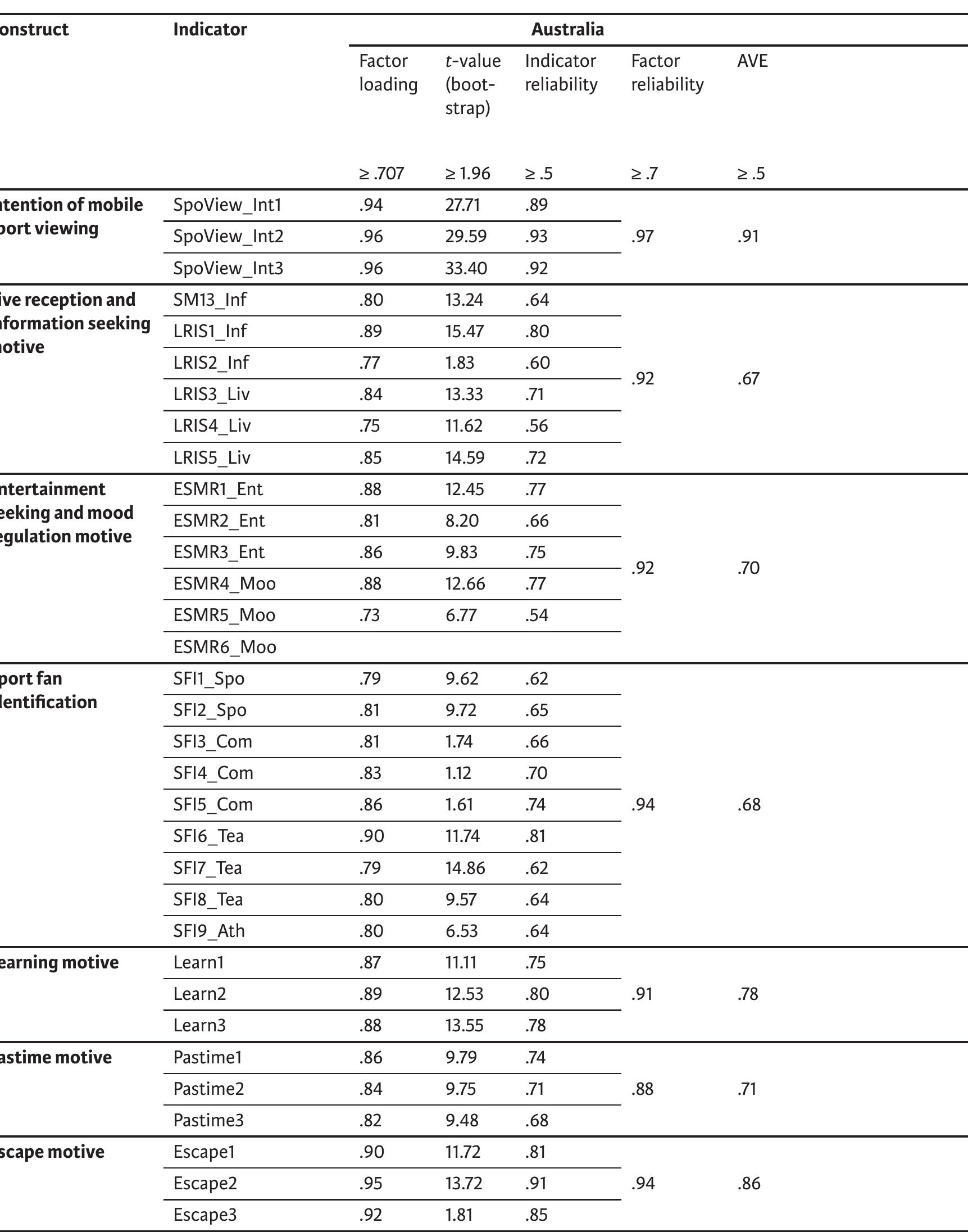Key research themes
1. How does multiscreening affect attention, recognition, and evaluative outcomes during media consumption?
This theme investigates the cognitive mechanisms underlying simultaneous use of multiple screens (multiscreening or second screening) and how this form of media multitasking influences viewers' attention, recognition of content, counterarguing toward messages, enjoyment, and ultimately their evaluations such as brand attitudes, message attitudes, and purchase intentions. Understanding these processes is essential because multiscreening is widespread and impacts advertising effectiveness and message persuasion in a media ecosystem where consumer attention is divided across devices.
2. What are the design challenges and interaction implications in multi-display and second screen environments?
This theme addresses the technical and human-computer interaction challenges posed by multi-display environments (MDEs), particularly those involving second screens or mobile multi-display devices. It covers how visual separation across displays affects user performance and perception, interface design for seamless multi-display use, and approaches for effectively synchronizing content across heterogeneous screens. These insights are crucial for designing user interfaces and systems that optimize usability and cognitive load in multiscreen contexts.
3. How do second screen practices influence social interaction, political engagement, and media consumption dynamics?
This research stream explores the social and political ramifications of second screen usage, focusing on its role in audience participation, social presence, and engagement with broadcast content, especially in political and sports contexts. It also includes audience expectations for companion applications, motivation factors such as Fan Passion and Fear of Missing Out (FoMO), and the implications for broadcast ecosystems and media convergence. Understanding these effects assists content producers and broadcasters in enhancing audience engagement and designing effective multi-device experiences.













